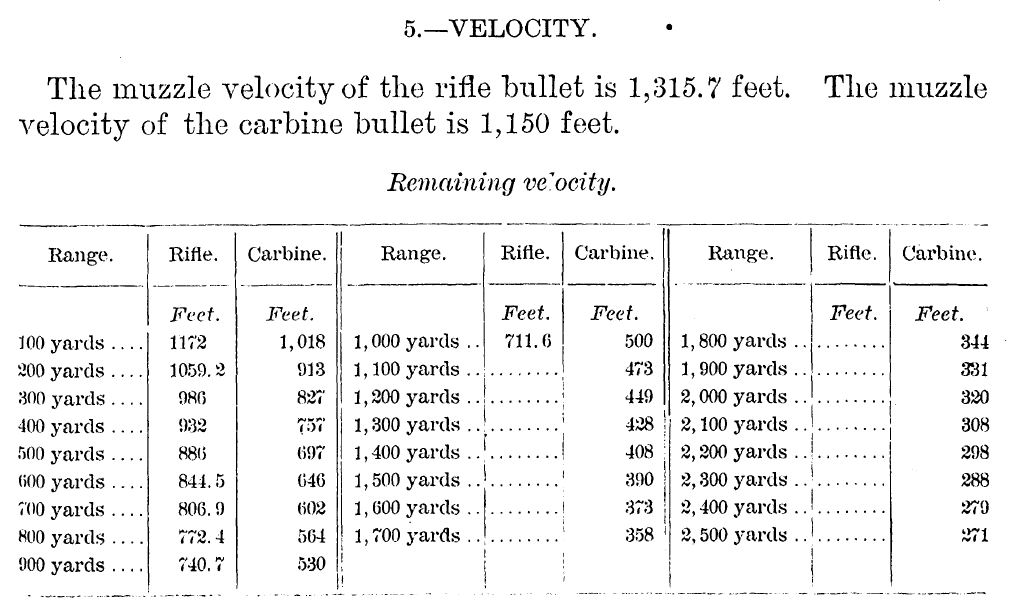|
Copper Units Of Pressure
Copper units of pressure or CUP, and the related lead units of pressure or LUP, are terms applied to pressure measurements used in the field of internal ballistics for the estimation of chamber pressures in firearms. These terms were adopted by convention to indicate that the pressure values were measured by copper crusher and lead crusher gauges respectively. In recent years, they have been replaced by the adoption of more modern piezoelectric pressure gauges that more accurately measure chamber pressures and generally give significantly higher pressure values. This nomenclature was adopted to avoid confusion and the potentially dangerous interchange of pressure values and standards made by different types of pressure gauges. For example, it makes little sense to describe a maximum pressure as 300 MPa, and in case the pressure has been measured according to the CUP procedure it should be denoted as 300 MPa (CUP). Pressure is a fundamental physical parameter that is defined as forc ... [...More Info...] [...Related Items...] OR: [Wikipedia] [Google] [Baidu] [Amazon] |
Internal Ballistics
Internal ballistics (also interior ballistics), a subfield of ballistics, is the study of the propulsion of a projectile. In guns, internal ballistics covers the time from the propellant's ignition until the projectile exits the gun barrel. The study of internal ballistics is important to designers and users of firearms of all types, from small-bore rifles and pistols, to artillery. For rocket-propelled projectiles, internal ballistics covers the period during which a rocket motor is providing thrust. General concepts Interior ballistics can be considered in three time periods: *Lock time - the time from sear release until the primer is struck *Ignition time - the time from when the primer is struck until the projectile starts to move *Barrel time - the time from when the projectile starts to move until it exits the barrel. The burning firearm propellant produces energy in the form of hot gases that raise the chamber pressure which applies a force on the base of the projectile, ... [...More Info...] [...Related Items...] OR: [Wikipedia] [Google] [Baidu] [Amazon] |
Handgun
A handgun is a firearm designed to be usable with only one hand. It is distinguished from a long gun, long barreled gun (i.e., carbine, rifle, shotgun, submachine gun, or machine gun) which typically is intended to be held by both hands and braced against the shoulder. Handguns have shorter effective ranges compared to long guns, and are much harder to shoot accurately. While most early handguns are single-shot pistols, the two most common types of handguns used in modern times are revolvers and semi-automatic pistols. Before commercial mass production, handguns were often considered a badge of office — comparable to a ceremonial weapon, ceremonial sword – as they had limited utility and were more expensive than the long barreled guns of the era. In 1836, Samuel Colt patented the Colt Paterson, the first practical mass-produced revolver, which was capable of firing five shots repeating firearm, in rapid succession and quickly became a popular personal weapon, giving rise to ... [...More Info...] [...Related Items...] OR: [Wikipedia] [Google] [Baidu] [Amazon] |
45-70
The .45-70 (11.6x53mmR), also known as the .45-70 Government, .45-70 Springfield, and .45-2" Sharps, is a .45 caliber rifle cartridge (firearms), cartridge originally holding 70 grain (unit), grains of black powder that was developed at the United States Army, U.S. Army's Springfield Armory for use in the Springfield Model 1873. It was a replacement for the stop-gap .50-70 Government cartridge, which had been adopted in 1866, one year after the end of the American Civil War, and is known by collectors as the "Trapdoor Springfield". Original ballistics of the 45-70-405 and -500 The original 45-70 loading was designated 45–70–405, referring to a 45 caliber bullet, 70 grains of black powder, and a 405 grain lead round nose bullet. It had a muzzle velocity of . A reduced-power load of of powder (Carbine Load) was manufactured for carbine use with a muzzle velocity of . In 1884, the US Ordnance Department increased the bullet weight of the 45–70 to 45–70–500, or a 45 calib ... [...More Info...] [...Related Items...] OR: [Wikipedia] [Google] [Baidu] [Amazon] |
SAAMI
The Sporting Arms and Ammunition Manufacturers' Institute (SAAMI, pronounced "Sammy") is an association of American manufacturers of firearms, ammunition, and components. SAAMI is an accredited standards developer that publishes several American National Standards that provide safety, reliability, and interchangeability standards for commercial manufacturers of firearms, ammunition, and components. In addition, SAAMI publishes information on the safe and responsible transportation, storage, and use of those products. History The origins of SAAMI date back to World War I and the Society of American Manufacturers of Small Arms and Ammunition (SAMSAA). In 1913, the US War Department encouraged the firearms and ammunition industry to establish an organization to share new technology and establish common standards for small arms and ammunition. SAMSAA was officially formed in 1918, however became inactive by the early 1920s. By the mid-1920s, the United States was still ... [...More Info...] [...Related Items...] OR: [Wikipedia] [Google] [Baidu] [Amazon] |
